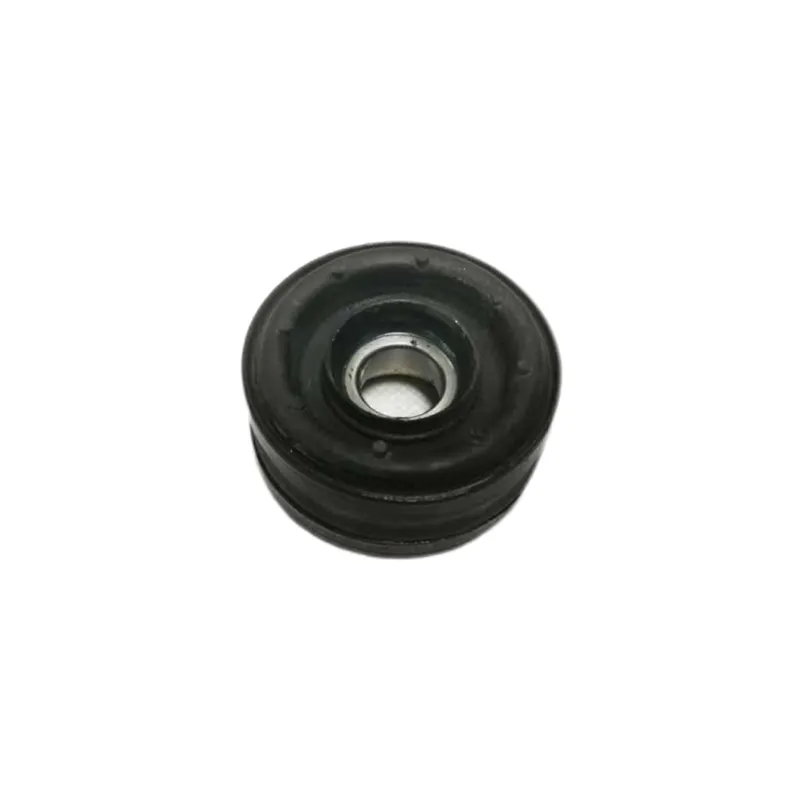
-
 Afrikaans
Afrikaans -
 Albanian
Albanian -
 Amharic
Amharic -
 Arabic
Arabic -
 Armenian
Armenian -
 Azerbaijani
Azerbaijani -
 Basque
Basque -
 Belarusian
Belarusian -
 Bengali
Bengali -
 Bosnian
Bosnian -
 Bulgarian
Bulgarian -
 Catalan
Catalan -
 Cebuano
Cebuano -
 Corsican
Corsican -
 Croatian
Croatian -
 Czech
Czech -
 Danish
Danish -
 Dutch
Dutch -
 English
English -
 Esperanto
Esperanto -
 Estonian
Estonian -
 Finnish
Finnish -
 French
French -
 Frisian
Frisian -
 Galician
Galician -
 Georgian
Georgian -
 German
German -
 Greek
Greek -
 Gujarati
Gujarati -
 Haitian Creole
Haitian Creole -
 hausa
hausa -
 hawaiian
hawaiian -
 Hebrew
Hebrew -
 Hindi
Hindi -
 Miao
Miao -
 Hungarian
Hungarian -
 Icelandic
Icelandic -
 igbo
igbo -
 Indonesian
Indonesian -
 irish
irish -
 Italian
Italian -
 Japanese
Japanese -
 Javanese
Javanese -
 Kannada
Kannada -
 kazakh
kazakh -
 Khmer
Khmer -
 Rwandese
Rwandese -
 Korean
Korean -
 Kurdish
Kurdish -
 Kyrgyz
Kyrgyz -
 Lao
Lao -
 Latin
Latin -
 Latvian
Latvian -
 Lithuanian
Lithuanian -
 Luxembourgish
Luxembourgish -
 Macedonian
Macedonian -
 Malgashi
Malgashi -
 Malay
Malay -
 Malayalam
Malayalam -
 Maltese
Maltese -
 Maori
Maori -
 Marathi
Marathi -
 Mongolian
Mongolian -
 Myanmar
Myanmar -
 Nepali
Nepali -
 Norwegian
Norwegian -
 Norwegian
Norwegian -
 Occitan
Occitan -
 Pashto
Pashto -
 Persian
Persian -
 Polish
Polish -
 Portuguese
Portuguese -
 Punjabi
Punjabi -
 Romanian
Romanian -
 Russian
Russian -
 Samoan
Samoan -
 Scottish Gaelic
Scottish Gaelic -
 Serbian
Serbian -
 Sesotho
Sesotho -
 Shona
Shona -
 Sindhi
Sindhi -
 Sinhala
Sinhala -
 Slovak
Slovak -
 Slovenian
Slovenian -
 Somali
Somali -
 Spanish
Spanish -
 Sundanese
Sundanese -
 Swahili
Swahili -
 Swedish
Swedish -
 Tagalog
Tagalog -
 Tajik
Tajik -
 Tamil
Tamil -
 Tatar
Tatar -
 Telugu
Telugu -
 Thai
Thai -
 Turkish
Turkish -
 Turkmen
Turkmen -
 Ukrainian
Ukrainian -
 Urdu
Urdu -
 Uighur
Uighur -
 Uzbek
Uzbek -
 Vietnamese
Vietnamese -
 Welsh
Welsh -
 Bantu
Bantu -
 Yiddish
Yiddish -
 Yoruba
Yoruba -
 Zulu
Zulu
inner control arm
Exploring the Inner Control Arm in Automotive Engineering
The inner control arm is a fundamental component in automotive suspension systems, playing a crucial role in ensuring vehicle stability, handling, and comfort. As the name suggests, the inner control arm is part of the vehicle's suspension structure, typically connecting the vehicle's chassis to the wheels. Its primary function is to facilitate smooth movement and alignment of the wheels during various driving conditions.
In most modern vehicles, the suspension system is made up of multiple components, including control arms, struts, springs, and anti-roll bars. The inner control arm directly influences the vehicle's alignment and handling characteristics. It operates in conjunction with an outer control arm and other suspension elements to maintain tire contact with the road surface, allowing for better traction and steering response.
One of the key features of the inner control arm is its design, which often includes bushings or ball joints. These components allow for controlled movement and damping of vibrations, enhancing the overall ride experience. The materials used in the construction of inner control arms can vary, with options such as steel and aluminum being common, each providing different strength and weight characteristics.
inner control arm

Over time, the inner control arm can wear out due to exposure to various driving conditions, such as potholes and rough terrains. Signs of wear include clunking noises, uneven tire wear, and decreased handling performance. Regular inspection of the suspension system, including the inner control arm, is essential for maintaining vehicle safety and performance. If any damage is detected, it is critical to replace the control arm promptly to avoid further complications.
The importance of the inner control arm extends beyond mere functionality; it also plays a role in the overall dynamics of the vehicle. Engineers consider factors such as geometrical configuration and the angle of the control arms when designing suspension systems to achieve desired handling characteristics. High-performance vehicles may utilize advanced designs to optimize cornering abilities and stability.
In summary, the inner control arm is a vital component of modern suspension systems, contributing significantly to vehicle performance and safety. Understanding its role helps in appreciating the complexity of automotive engineering and the meticulous design that goes into creating vehicles capable of delivering an enjoyable and safe driving experience. As technology advances, the evolution of the inner control arm continues, paving the way for innovations that enhance vehicle dynamics and driver confidence on the road.







